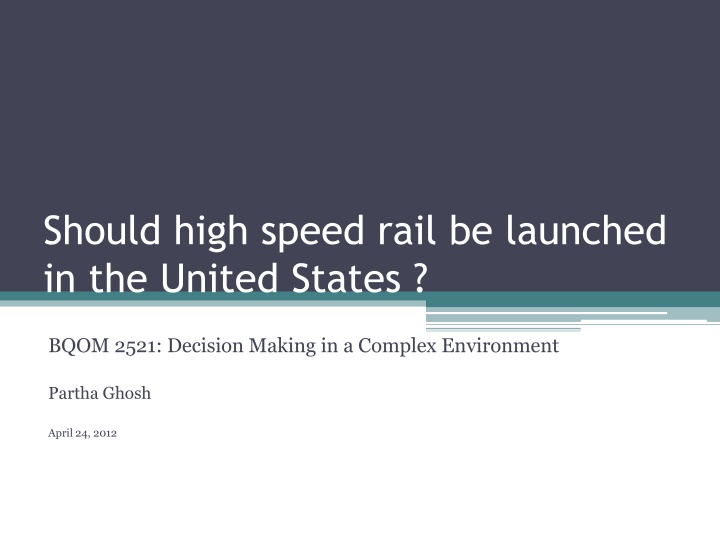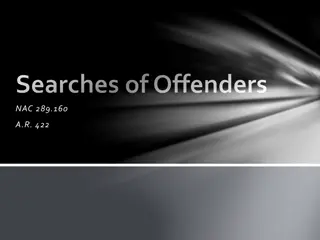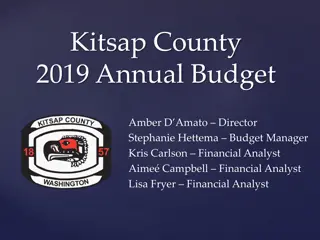
High-Speed Rail in the United States: A Complex Decision-Making Process
Explore the historical context, current state, and potential benefits and challenges of launching high-speed rail in the United States. Delve into the BOCR model, strategic criteria, and key considerations for connecting cities with bullet trains. Discover the economic, environmental, technological, and public welfare impacts while weighing the social, public, and cost factors involved in this transformative transportation initiative.
Download Presentation

Please find below an Image/Link to download the presentation.
The content on the website is provided AS IS for your information and personal use only. It may not be sold, licensed, or shared on other websites without obtaining consent from the author. If you encounter any issues during the download, it is possible that the publisher has removed the file from their server.
You are allowed to download the files provided on this website for personal or commercial use, subject to the condition that they are used lawfully. All files are the property of their respective owners.
The content on the website is provided AS IS for your information and personal use only. It may not be sold, licensed, or shared on other websites without obtaining consent from the author.
E N D
Presentation Transcript
Should high speed rail be launched in the United States ? BQOM 2521: Decision Making in a Complex Environment Partha Ghosh April 24, 2012
Agenda History High speed rail in the United States BOCR Model Results Conclusion
History Japan was the first country to build dedicated railway lines for high speed travel in 1964 1,483.6 mi (2,388 km) of dedicated high speed lines Maximum speeds of 149 186 mph (240 300 km/h ) Less dependence on petroleum; can be powered by renewable energy sources or by nuclear power (Japan and France) Less air pollution and improved air quality Significant effect on Japan's business, economy, society
High speed rail in US Amtrak's Acela Express runs on the Northeast Corridor from Boston to Washington, D.C Shares its tracks with conventional rail Limited to an average speed of 68 mph (109 km/h) for the entire distance with brief segments up to 150 mph (240 km/h) Federal allocation of $8 billion for high-speed rail projects as a part of the 2009 stimulus package The new line planned for construction in California would have a top speed in excess of 150 mph (240 km/h)
Vision for high speed rail in United States http://www.youtube.com/watch?v=o6z03JBnJqk&feature=endscreen&NR=1
BOCR Model (Strategic Criteria) Goal (Should cities in US be connected by bullet train) Economic Environmental Technology Public Welfare
BOCR Model Benefits Social Public Car maintenance cost Comfort Commute time Gas expense Opportunities Social Public Car maintenance cost Comfort Commute time Gas expense Costs Social Public Car maintenance cost Comfort Commute time Gas expense Ticket cost Risks Social Public Displaced homes Safety Ticket cost Environment Cut trees Natural disaster Environment Pollution Environment Pollution Environment Pollution Economic Political Political manifesto Federal/State conflict Party affiliation Economic City Jobs Local businesses Population growth Entertainment Economic City Jobs Local businesses Population growth Entertainment Economic Government Construction Infrastructure Labor Maintenance Property Government Displaced businesses Project funding Skilled labor Energy resources Revenue Advertisements Tourism Ticket sale Revenue Taxes Ticket sale Tourism Government Fossil fuel Government Fossil fuel
Results (Ratings) Priorities Economic 0.615663 High Medium Medium Low Environmental 0.174136 High Low Low Low Public Welfare 0.087068 High High Low Low Technology 0.123133 High Medium High Low Benefits 0.344638 0.254715 0.247475 0.153172 Opportunities Costs Risks Ratings scale: High (1.00), Medium (0.77), Low (0.44)
Results (Synthesized Priorities) Additive (negative) formula: bB+oO-cC-rR Long term decision should be to launch bullet train in the US
Results (Synthesized Priorities) Multiplicative formula: BO/CR Short term decision should be to launch bullet train in the US
Results (Sensitivity Analysis) Benefits Opportunities
Results (Sensitivity Analysis) Costs Risks
Conclusion The BOCR model validates the decision taken by the federal government to launch high speed rail in the US The model gives the same output using the additive (negative) and multiplicative formulae Sensitivity analysis reveals that as the priorities of Costs and Risks increase, the best alternative changes to NOT launch high speed rail





